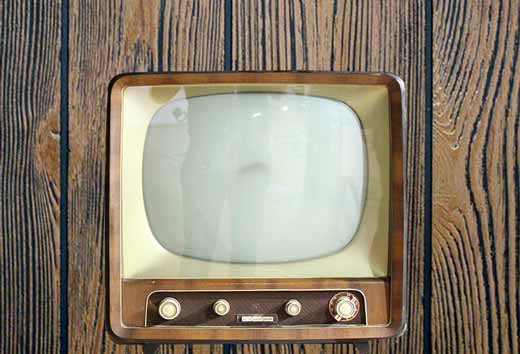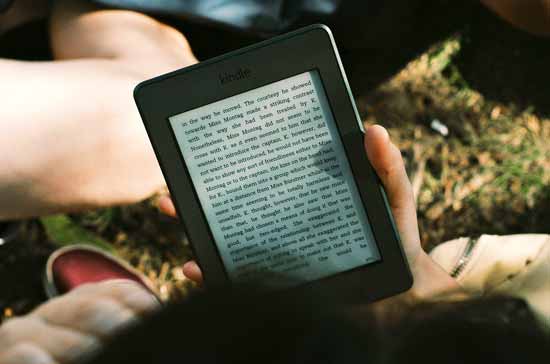In today’s digital world, where we are all connected by smartphones, tablets and computers, we often forget the historical advances in print media that brought us to where we are today.
In 1440, Johannes Gutenberg invented the movable-type printing press, which represented a huge step forward in the efficiency and speed at which information could be circulated and preserved. In 1455, Gutenberg printed the Bible on his press. Shortly thereafter, being able to read and write became increasingly respected and valued. The printing press allowed for literature and knowledge to be translated from German to English and other languages relatively inexpensively distributed throughout Europe. The invention of the printing press and increased levels of literacy led to the birth of mass media.
Printing Spreads to the British Colonies
In 1638, Reverend Joseph Glover, who served in the Church of England, lost his position and shipped his family possessions and printing press to the British colonies. Reverend Glover’s press was the first printing press in the colonies and eventually came under the control of Harvard College. The press was used for printing religious tracts and reprinting novels from England. Over the next hundred years, various cities in the colonies tried to establish newspapers, but they never flourished and eventually ceased operations. The first successful newspaper in the U.S. was the New York Sun, which began in 1833. The success of the Sun was primarily due to it being well funded and had professional editorial teams. The financial backing from investors, advertisers and political parties also influenced the growth of the Sun and other newspapers in the United States.
The Rise and Fall of Newspapers
By the 1970’s more than 90% of U.S. households were receiving some sort of newspaper. Since that time, subscriptions to newspapers have fallen in response to the advent of digital media. Today, less than 30% of American homes subscribe to a newspaper. In some ways, the subscriber base of cable television is mimicking the newspaper industry as more people cut the cord. The growth of cable and satellite television started somewhat slowly, experienced rapid growth and is now entering a period of decline as more people are turning to streaming media providers and the internet to save money and take advantage of convenient programming options.
While sales of hardcopy books, newspapers and periodicals are on the decline, people around the world are still reading. Today, people purchase e-books from Amazon and other online stores and subscribe to online newspapers and magazines. Not only is readership demographics changing, the formats are becoming increasingly digital.



Even though we watch streaming video and read ebooks on digital devices, there will also be some demand for the printed word. I personally believe that newspapers could thrive again if they gave their readers what they wanted.
It isn’t all that easy to locate compelling local information online. An independent paper that wrote about interesting people and provided coupons for local stores would be likely to grow a readership. Too many of them are boring and lack interesting content.
There are free publications in the horse world that are free and very popular because they have content worth reading and advertising horse owners want to see. Some regional free classifieds similar to The Thrifty Nickel and Pennysaver carry local columns worth reading. There is no reason local print media can’t survive even against the online competition. They just aren’t producing what people are willing to read.
Wow – that was an excellent history lesson. It was very well presented. I remember learning this in school, but I like how you pulled this all together for us and provided in the context of a timeline. It is refreshing to see where we have been and look to where we are going. Thank you.
I haven’t purchased a newspaper or a magazine in so long. With unlimited internet at my fingertips I really don’t feel the need for them. Sometimes I may find a book interesting but still, books are often not as good as ebooks simply because the information in the ebooks many times is more up to to date and accurate with what’s going on in the digital world.
Sometimes I feel kind of sad that books aren’t read as much but then I remember that the world is quickly changing and we simply need to adapt and embrace the tranformations instead of holding onto the old ways of doing things.
Blessings always,
Eren
I’ve never been a newspaper person, probably because the overall news quality in my country isn’t that great. However, I love buying books and reading them, like real books, not Kindle downloads.
I think the printing industry still has a chance if you combine marketing with visuals, but nowadays the trend is with digital signage.
I agree with Gail: Books will never die. It’s like theater: It has seen cinema, movies, home video, web video, video on demand but it will never die!
Great timeline of media evolution!
I still subscribe to an off line newspaper and even buy paperback magazines or books. I like to hold a book, lie down on my bed and read it – that feeling somehow does not really matches with it’s digital equivalent.
On the other hand, the digital mediums helps in lowering the paper intake which means fewer trees are cut. So a lot greener that way.
However yes, with technology making steady progress, in time the newspaper and other paper based content might see a dead end soon.
thanks,
Uttoran Sen,